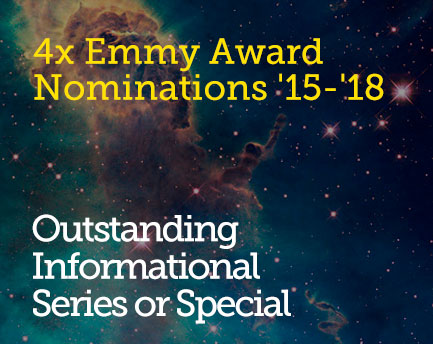About This Episode
Will Neil take back what he said about Pluto? Neil deGrasse Tyson and comedian Chuck Nice explore planets, dwarf planets, and the Kuiper belt with planetary scientist and principal investigator for the New Horizons Mission, Alan Stern.
Learn about the New Horizons mission to Pluto and the Kuiper Belt. How did the spacecraft get to Pluto so quickly? When is the optimal time to go to Pluto? Discover the Europa Clipper and Lucy Mission. We explore Jupiter’s Trojan Asteroids and the future of flyby missions.
What is the difference between a minor planet, dwarf planet, and planetoid? Find out about Theia, the protoplanet that crashed into early Earth. We discuss the origins of the term “dwarf planet” and planet classifications. What makes something in space become spherical? How did Pluto form? Are Pluto-type planets only formed at an extreme distance from the sun? Learn about the discovery of the Kuiper Belt and how Ceres formed in the asteroid belt.
What questions did New Horizons answer about the Kuiper Belt? We explore the dance between Pluto and its moon Charon, trans-Neptunian object Arrokoth, and why freezing gives off heat. Plus, why all the fuss about Pluto? All that, and a friendly nerd fight over planet classification and why terminology is important in planetary science.
Thanks to our Patrons laura, Mihajlo Jovanovic, Heather Smith, Juan Ignacio Galán, Artsaveslife, Frank Wagner, Adam Brown, Greg Albrecht, Mickey Fuson, and Jeremy Green for supporting us this week.
NOTE: StarTalk+ Patrons can listen to this entire episode commercial-free.


 Unlock with Patreon
Unlock with Patreon


 Become a Patron
Become a Patron

